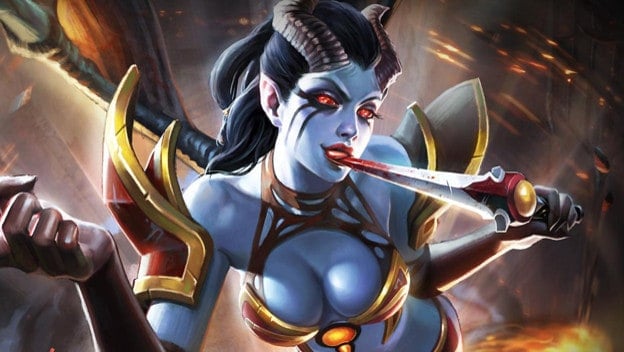Who cares about concurrent player count? Well, if you ask gamers who regularly play Dota 2 , League of Legends , Counter-Strike: Global Offensive , Overwatch , or PlayerUnknown’s Battlegrounds , they’d likely raise their hand and say, “I do.” Just recently, PUBG briefly surpassed Dota 2 a couple of times for the most players in-game at a particular moment. It’s a pretty big deal for the early access sandbox shooter going against Valve’s competitive MOBA monster. Of course, with the mushrooming growth of Bluehole and Brendan Greene’s H1Z1: King of the Kill clone, I wouldn’t be surprised if PUBG achieves this goal on a regular basis, with Dota 2 playing second fiddle in the not too distant future.
For competitive multiplayer games, player count is important. It means less time waiting in lobbies and more time in the arena. It provides more opportunities to build a community and pluck clan members or friends online to hop into a match. Being popular keeps the developers engaged, thankful, and working to provide new content to lure the masses to keep logging in. It also opens the door for leagues and eSports, a growing professional venue that has now started to invade our television networks.
MMOs also profit from a thriving online community. World of Warcraft , Final Fantasy XIV: A Realm Reborn , Guild Wars 2 , Elder Scrolls Online , and several other high profile massively multiplayer titles benefit from a robust concurrent player count, arguably more so than competitive shooters and MOBAs. With an MMO, it’s not simply about who’s around to get a quick match going, but also about the digital economy and the perception of popularity, the latter being where lesser MMOs end up shutting down their servers. If you have a huge world to explore, but are one of only a handful of people scraping through a zone, it can be both frustrating and boring. Raids and world bosses need large groups of capable players to succeed, and missing the opportunity or failing after hours of grinding because of lacking numbers is a surefire way to trigger a rage quit.
But there is a flipside to tracking concurrent player counts, one a little off-putting to a different class of gamer. Not everyone has an interest in PvP shooters, MOBAs, and other competitive locales. But popularity breeds pressure. I myself have not yet played PUBG , yet I am constantly nagged by friends to join in. I’m sure some ardent fans reading this are thinking I’m crazy and I don’t know what I’m missing. I know what I’m missing, I’ve watched enough matches on Twitch. It looks intense and addicting, and my family life would likely take a big hit if I ever decided to download it. But for other people, it’s just not something that interests them. So should they be burdened with peer pressure just because all their friends are playing it?

There is a place for numbers and statistics, and the infograph splashes we regularly see from devs and publishers to highlight the success of their game are great eye candy. But some people prefer the subtle splendor of an indie game, small in stature but broad in ingenuity. Frankly I am impressed with the breadth of the video industry right now, and I truly believe that we are at the penetration point of a new golden age of gaming. Sony, Microsoft, and Nintendo are all doing well, big budget titles continue to be cranked out, and independent developers have multiple avenues to let their designs shine. So let the player counts soar, and let’s keep growing the gaming community to grander heights.
